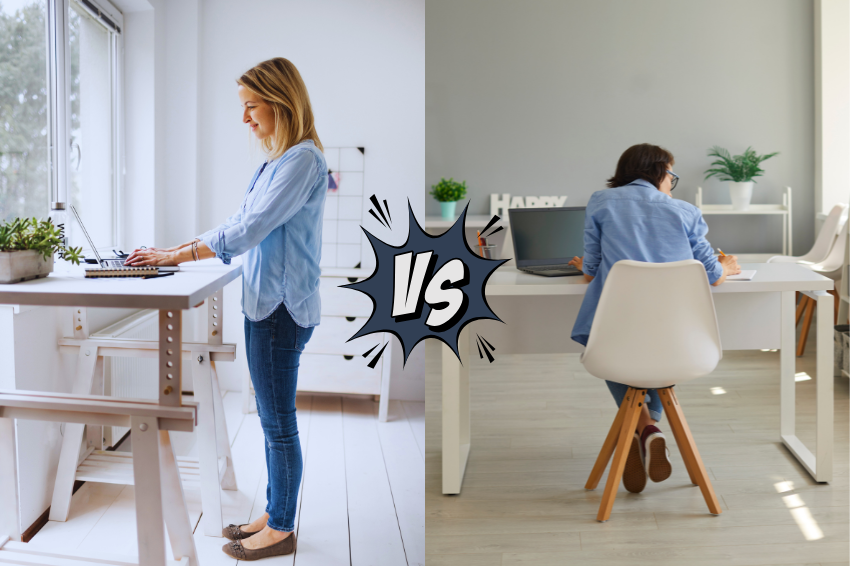E-commerce web design is a discipline that involves strict adherence to eCommerce best practices. However, the questions are –
- What are the best practices to design your eCommerce business?
- How do we determine eCommerce best practices?
Luckily, eCommerce companies such as Barnes and Noble’s, Target.com, Macy’s spend a large amount of time and funds in learning what works with online shoppers and what doesn’t. They continuously evolve eCommerce and usability standards which become an industry norm.
To understand customer demands, It is essential to deeply study these websites and what they do and deeply research the changes they make with users experience. As a result, we come up with rich insights of eCommerce web design best practices.
An average eCommerce designer is usually not exposed to these standards. Fancy graphics and attractive looking design are not the only way to design eCommerce websites. An eCommerce designer has to be adept in understanding web design trends, information design and then get a solid grasp on usability issues to be able to craft an eCommerce website.
What are the elements of a good eCommerce website design?
Let me summarize the elements of an eCommerce web design which can make or break the user experience:
Multiple gateways to the same product
Product accessibility is the key factor which determines the usability and design of an eCommerce website. When you offer multiple gateways for the product, people can relate to your content and instantly access what they are looking for. When you associate a strong emotional reason with a product category, you will see an instant increase in the product being accessed and bought.
A clear “call to action”
A call to action is a visual element that asks the user to take an action by clicking on it. Such an element can have a huge impact on your revenues. A weak or confusing “call to action” will often confuse the buyer. A strong call to action will turn visitors into potential buyers.
Search & discovery
The website searches and discover are an important consideration during an eCommerce website design process. Our eCommerce website designers are trained to evolve the design based on various elements such as category hierarchy, product search and sorting and filtering. At the end of the day, the goal of any eCommerce website design is to allow a user to find what they are looking for quickly and easily.
Assisted buying
A lot can be discussed about the importance of assisted buying in eCommerce web design. Amazon is the master of creating eCommerce user experience based on assisted buying.
- Recently viewed products are an excellent way to remind the user about the products they have seen recently and it reminds them that they need to take another look. Such a feature must be an essential element of any eCommerce website design initiative.
- Recommended/Related Products: E-commerce website design must also take care of product recommendations and showing user products he/she might be interested in buy.
- Instantly available help links, icons, and phone numbers are the difference between a good and a bad eCommerce design. Good design means it contains all the important element a potential shopper might be interested in and help/faq are the ones that a shopper looks for.
- If your products have multiple sizing options, it makes a lot of sense to integrate size chart in the eCommerce design. Without a size chart, the user won’t be able to make the right decision and your eCommerce site will lose revenue.
Great photography
A picture is worth a thousand words. Good photography is an extremely important element of your eCommerce website. Any eCommerce web design without good photography will not bear the desired results. Do not economize on photography. In our book eCommerce success secrets, we go at length in explaining this element of eCommerce design.
Authoritative and useful content
Useful, interesting and informative content is the ultimate secret of a good eCommerce design. It’s really not about the design but it’s about how the content is structured in the design. Here are a few important eCommerce design elements to keep in mind:
- Product title: Product title should describe the style and characteristics of your product. For example:
- Description: The more you tell, the more you sell. Your product description must be so informative, engaging and useful that customer finds it the almost no-brainer to order the product.
- Usage Instructions: Often going into the details is what customers like. They want to know the post-purchase experience and usage instructions show the fact that you really care not just about selling the product, but also about how it is being used.
In any eCommerce website design, content, navigation, and structure of information play a crucial role in making or breaking user’s experience. That’s why it is necessary to pay a lot of attention to the information architecture of the website before actually creating the design. The information architecture is the key to designing a great eCommerce website.






